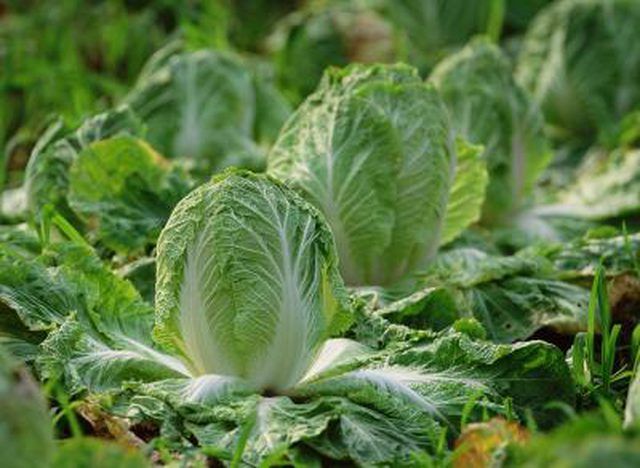Bulbs
Flower Basics
Flower Beds & Specialty Gardens
Flower Garden
Garden Furniture
Garden Gnomes
Garden Seeds
Garden Sheds
Garden Statues
Garden Tools & Supplies
Gardening Basics
Green & Organic
Groundcovers & Vines
Growing Annuals
Growing Basil
Growing Beans
Growing Berries
Growing Blueberries
Growing Cactus
Growing Corn
Growing Cotton
Growing Edibles
Growing Flowers
Growing Garlic
Growing Grapes
Growing Grass
Growing Herbs
Growing Jasmine
Growing Mint
Growing Mushrooms
Orchids
Growing Peanuts
Growing Perennials
Growing Plants
Growing Rosemary
Growing Roses
Growing Strawberries
Growing Sunflowers
Growing Thyme
Growing Tomatoes
Growing Tulips
Growing Vegetables
Herb Basics
Herb Garden
Indoor Growing
Landscaping Basics
Landscaping Patios
Landscaping Plants
Landscaping Shrubs
Landscaping Trees
Landscaping Walks & Pathways
Lawn Basics
Lawn Maintenance
Lawn Mowers
Lawn Ornaments
Lawn Planting
Lawn Tools
Outdoor Growing
Overall Landscape Planning
Pests, Weeds & Problems
Plant Basics
Rock Garden
Rose Garden
Shrubs
Soil
Specialty Gardens
Trees
Vegetable Garden
Yard Maintenance
How to Keep Lettuce From Freezing in the Refrigerator
How to Keep Lettuce From Freezing in the Refrigerator. It's a terrible feeling to start pulling out ingredients for your favorite meal only to discover that your lettuce is frozen solid; it takes awhile to defrost and the texture and taste are always affected. Lettuces, like other leafy greens, are more likely to freeze than other produce because...

It's a terrible feeling to start pulling out ingredients for your favorite meal only to discover that your lettuce is frozen solid; it takes awhile to defrost and the texture and taste are always affected. Lettuces, like other leafy greens, are more likely to freeze than other produce because they hold a lot of water in their leaves, according to the New York Times.
Things You'll Need
Refrigerator thermometer
Paper towels
Plastic zipper-top baggie
Place a refrigerator thermometer in your fridge overnight and check the temperature in the morning.
Adjust the setting on your fridge if the thermometer reads higher than 38 degrees Fahrenheit or lower than 36 degrees Fahrenheit.
Leave the thermometer in the fridge overnight again. Check it in the morning and continue adjusting as necessary until you reach the right temperature.
Dab your lettuce with a paper towel to remove excess moisture. Place it in a plastic refrigerator bag with a zipper seal and make sure all the air is out before sealing it.
Move the lettuce toward the bottom of the refrigerator. Keep it close to the front of the fridge, since cold air enters along the top of the back. Store the lettuce in the crisper to avoid the coldest air.
Tips & Warnings
Containers designed to control humidity are another storage option to keep lettuce from freezing while keeping it fresh.